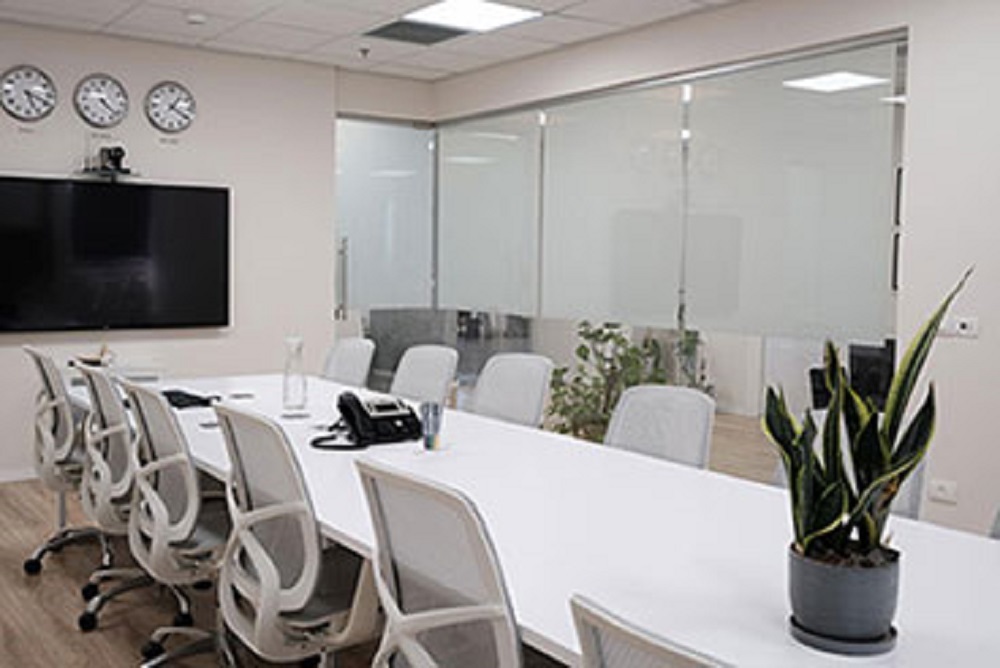Digital signage has been an important category in almost every integrator’s portfolio for decades. Depending on the market it is used as a tool to provide information, advertise offerings, promote events, and even encourage interactivity between what’s on the screen and who is viewing the content.
As integrators you know that one of the best ways to sell a system is to show the customer something they’ve never seen before. That gives them a sense of being cutting-edge and future thinking, and when investing in technology like digital signage that is top of mind for many customers.
“We’re always looking for what the customer wants,” says Michael Ferrer, senior director of solution sales, Sharp NEC. “It starts from the very first conversation. It’s that user experience.”
As expansive as the use cases are for digital signage, the pieces of the system have traditionally remained the same. Digital display screens and video walls have typically been the apparatus for viewing in most digital signage systems. That creates an element of commonality. It’s difficult to excite customers with slight differences from one product to another. In short, they’ve seen it before.
How do integrators differentiate themselves when offering digital signage solutions then? Content is typically the default selection for that “wow factor.” Content management systems and the content they push out can provide that novelty and sophistication that excites customers.
“We always look at trends and take advantage of them,” says Ferrer. “Even CMS partners. They’re going to continue evolving their software. We have to continue evolving our hardware so that by the time we sell the solution, whether separate or combined, it better work flawlessly.”
Interactivity has also become an augmentation to traditional digital signage that can provide something new for potential customers to get excited about. Getting users to have an experience elevates the message digital signage is trying to push out. It provides another level of engagement to get the point of the content across.
Interactivity doesn’t just mean touchscreen, as many systems developed to deal with COVID-19 protocols have shown us. QR codes, for example, have become extremely prevalent again for their touchless nature and their ability to move messaging from a one-to-many digital signage screen to a one-to-one personal device screen.
“Restaurants survived because of QR codes,” says Ferrer. “I consider mobile devices as part of the ecosystem of digital signage, as we should.”
While content continues to evolve, it may not be enough to push your bid over the threshold of new and exciting. Projection, however, has stepped in to offer some non-traditional digital signage opportunities, and brought excitement back to the product category.
It may be floor projection guiding prospective customers to a certain section of a department store. It may be projection mapping transforming the outside of a museum and encouraging people to enter. In the case of the new ActiveScene from Sharp/NEC, it may be about transforming any ordinary glass fixture into on-demand digital signage screens.
ActiveScene and Glass Projection
ActiveScene is a turnkey solution designed for digital signage applications where standard glass can be turned into a projection-ready surface. Through a partnership with Avery Dennison’s Vela Dynamic System, it allows integrators to retrofit any existing glass wall with projector and film solution to transform plain glass into a digital signage surface.
“We’re trying to change the way people look at signage and what they can do with it,” says Richard McPherson, senior product manager for projectors, Sharp/NEC. “To offer them something different.”
ActiveScene is capable of everything a digital signage screen is capable of in terms of showing content. In retail environments it can display advertisements. In corporate boardrooms it can frost over for privacy and turn back to transparent when meetings end. In hospitality or large venue environments it can promote upcoming events or be used for wayfinding initiatives.
“Any of those applications where you have glass partitions, instead of putting a flat panel on the wall we’re putting a film on the existing glass that’s electronically controlled,” says McPherson. This allows for three possible states: transparent for everyday usage, opaque or frosted for privacy, or a digital signage application with any messaging wanted on that space.
Not only does this allow for integrators to show their clients something new and exciting to provide, but it also has practical applications. No longer are spaces confined to digital signage based on layout. There is no need to limit installations to walls – glass surfaces become just as capable of displaying digital signage.
“This allows us to create a marketing piece, turn it off, and be able to look into the space,” says McPherson. “It all depends on how often you want to do that. It could be store branded, product branded, sales, anything you want to put up there is available just as if though was a large format display.”
It’s very similar to having windows tinted in a car. Wipe down the glass, place the film over it, connect the electronics to it, and change its state accordingly. The film is offered in 42-inches wide or 48-inches wide at present.
As for the projection system itself, the glass acts similarly to a rear-projection screen. Standard throw projectors as well as short-throw and ultra-short-throw projectors can be installed on the opposite side of where the content will be shown. A digital media player pushes content to the system the same as it would for any digital signage application.
ActiveScene provides a new-age digital signage offering that opens up possibilities in terms of the architecture of a given space. In a world saturated with digital signage, it’s helpful to have something new and exciting to show off to clients. For more information on ActiveScene, check out the product page at Sharp/NEC.










